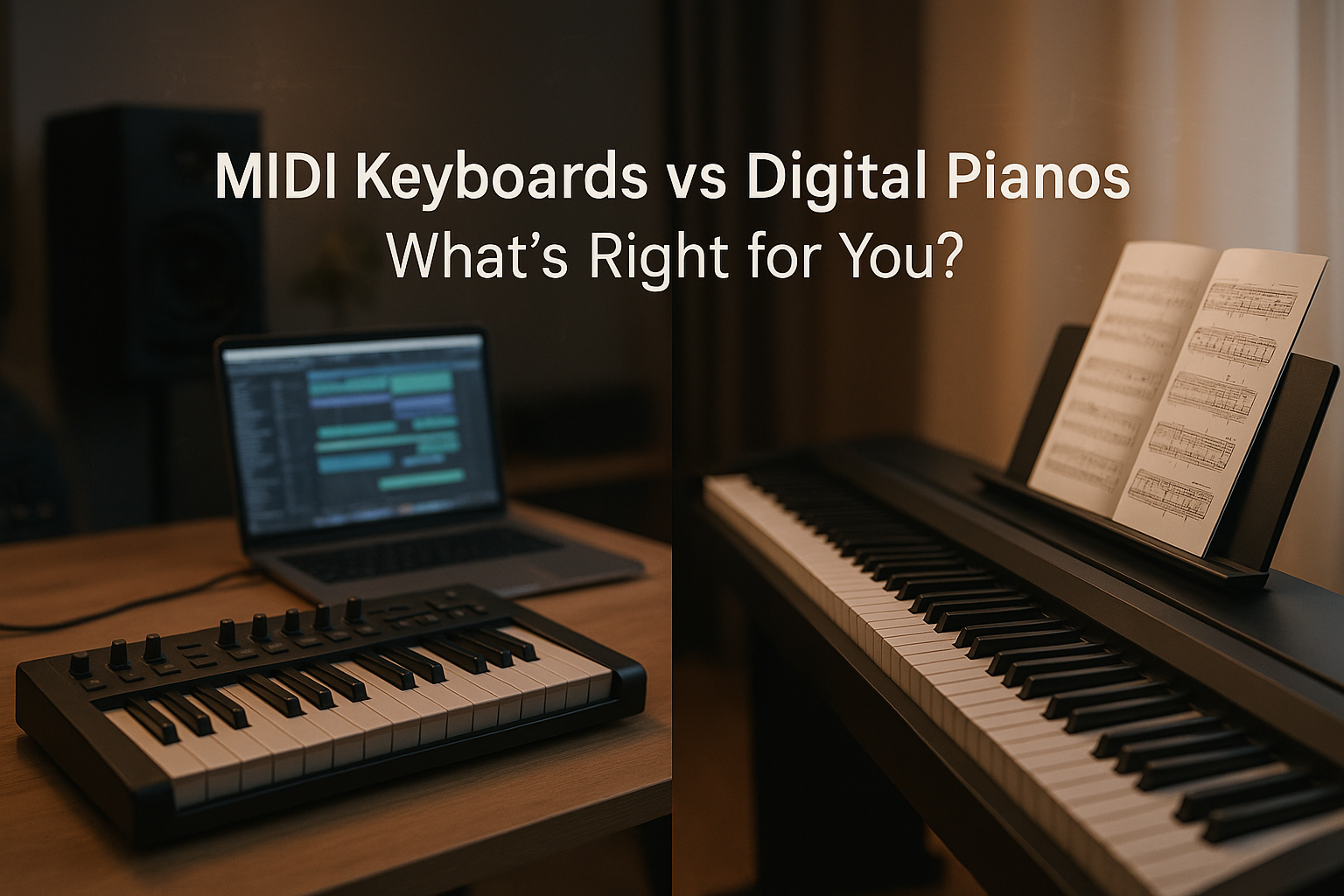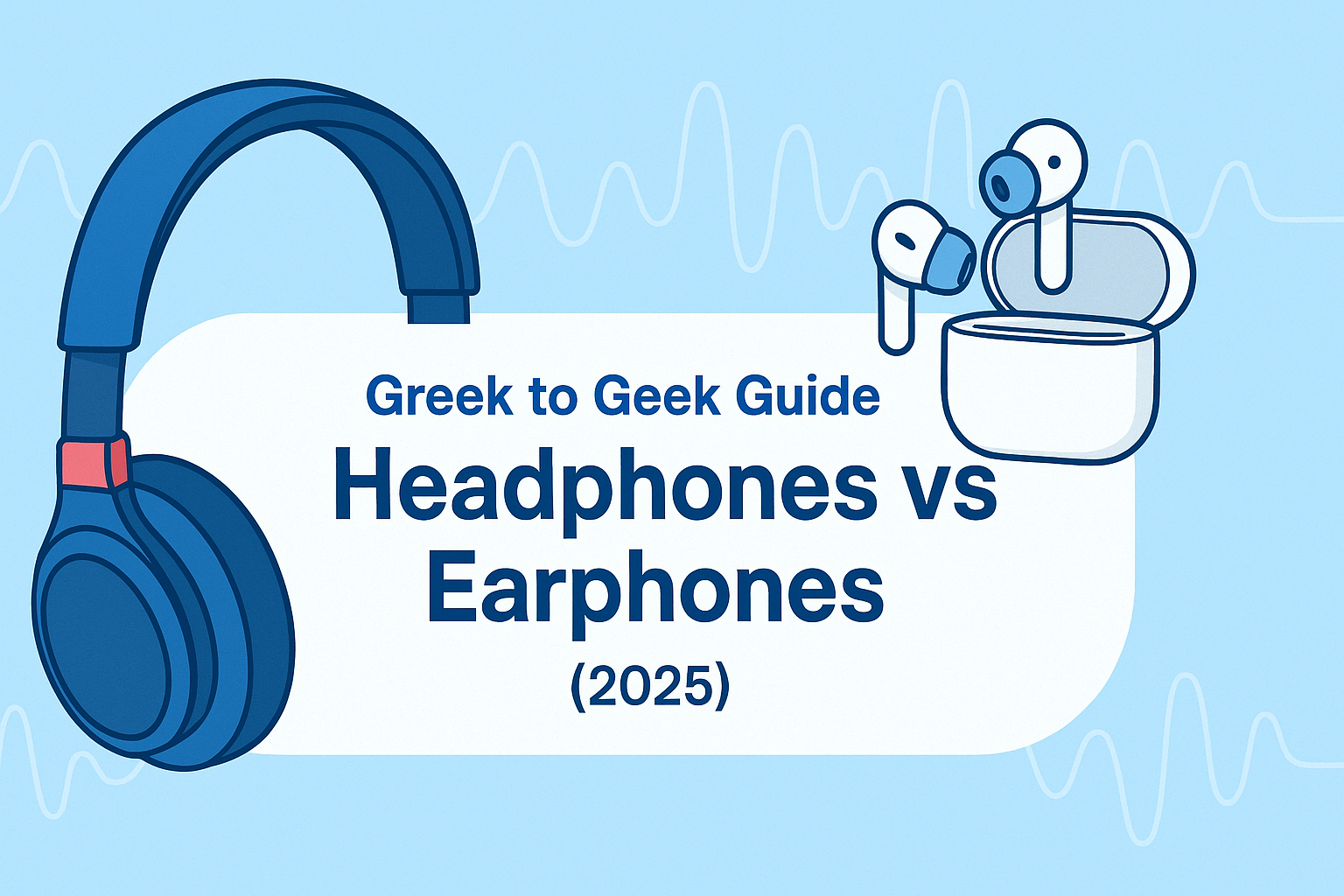Dreadnought vs Concert vs Jumbo: Guitar Body Shape Differences (Easy Guide for Indian Players)
Confused between Dreadnought, Concert, and Jumbo acoustic guitars? You’re not alone. These are three of the most popular body shapes you’ll see on Indian music store shelves and e-commerce listings. Each shape changes how the guitar sounds, feels, and projects. In this friendly, EEAT-aligned guide, we’ll break down the key differences using simple language, India-specific examples (Bollywood strumming, indie fingerstyle, worship settings, college jams), and quick buying tips—so you can pick the right guitar the first time.

Quick Comparison Table
| Body Shape | Tone & Projection | Playing Feel | Best For |
|---|---|---|---|
| Dreadnought | Loud, balanced, punchy lows; handles aggressive strumming well | Full-size body; feels big when seated; very versatile | Bollywood/indie strumming, singing with a guitar, live miking |
| Concert | Focused mids/highs, articulate; slightly less bass than dreadnought | Smaller waist; comfy for long practice and fingerstyle | Fingerpicking, light strumming, recording clarity |
| Jumbo | Very loud, huge low end, “room-filling” presence | Largest body; best standing with strap; seated reach can feel big | Strumming, accompanying singers, unplugged gigs, percussive play |
What a Body Shape Actually Changes
- Volume & Projection: Bigger bodies (Jumbo, many Dreadnoughts) move more air → louder.
- Tonal Balance: Shape affects bass, mids, and treble. Dreads are “balanced-plus-bass”, Concerts are “focused & clear”, Jumbos are “bold & boomy”.
- Comfort: The waist and depth change how the guitar sits. Concerts are easier for smaller frames or long practice sessions.
- Mic/Recording Behavior: Concerts often give tighter low end for mixing; dreads/jumbos may need more low-cut EQ.
Dreadnought: India’s All-Rounder Workhorse

Born in the early 20th century and popularised globally, the dreadnought is the default “big acoustic” most Indians picture. It’s loud, bass-friendly, and forgiving for strumming. If you’re playing Bollywood covers at college fests, leading worship, or singing Hindi/Indie-pop with a pick, the dread is a safe bet. The bigger lower bout gives more low-end “thump”, helping the guitar sit under vocals. Many electro-acoustic dreads also plug in easily for stage.
- Pros: Versatile, loud, widely available, great value across budgets.
- Watch-outs: Can feel big when seated; may need low-cut EQ in recording.
Concert: Comfortable, Clear, and Studio-Friendly

The concert shape is slightly smaller with a tighter waist, making it more comfortable for extended practice and for players with smaller frames. Tonally, expect clear mids and highs with controlled bass—excellent for fingerstyle, soft strumming, and arrangements where articulation matters (YouTube covers, home recordings, Carnatic/Western fingerpicking blends). If you prefer clarity over sheer volume, concert models shine.
- Pros: Comfortable, articulate, easier to mic, mixes quickly.
- Watch-outs: Not as “boomy”; heavy strummers may want more bass.
Jumbo: Big Stage Presence for Big Strummers

The jumbo is the largest of the three and is all about projection. Think unplugged performances, singer-songwriter sets, or campfire jams where you want your guitar to cut through chatter. The huge cavity produces a room-filling low end and strong dynamics, great for strumming patterns and percussive hits. Most players prefer jumbos while standing with a strap, though seated play is fine if you’re comfortable with the size.
- Pros: Very loud, bass-rich, dramatic presence.
- Watch-outs: Largest body; may be a lot to handle for beginners.
How to Choose (Fast India-Specific Checklist)
- Primary Use: Mostly strumming → Dreadnought or Jumbo. Mostly fingerpicking → Concert.
- Comfort & Height: If large bodies feel tiring, try Concert first, then Dreadnought.
- Recording vs Live: For quick mixes at home, Concert wins; for stage projection, Dread/Jumbo.
- Budget: In India, good starters exist in every shape. Don’t ignore setup quality and action.
- Electronics: If you’ll plug into PA/amp, pick an electro-acoustic with a reliable preamp/tuner.
Tonewoods, Scale Length & Setup: Why They Still Matter
Shape is huge, but it’s not everything. A concert with a solid top may out-project a budget dread with a laminate top. Common combinations in India:
- Top: Solid spruce or solid mahogany improve resonance as they “open up” with playing.
- Back/Sides: Mahogany (warm mids), rosewood (deep bass/sparkly highs), sapele (balanced).
- Scale Length: Most are ~25.5" or 24.75". Shorter scales feel slinkier; longer scales add snap.
- Setup: Proper action, nut & saddle fit, and fresh strings can transform playability—get a basic setup done after purchase.
FAQs for Indian Buyers
Is Dreadnought always better for beginners?
Not always. Many beginners love dreads for strumming, but if the body feels large, a Concert is easier to hold and practice longer on—especially for fingerstyle.
What about Jumbo for stage?
Jumbo is great for stage presence and unplugged volume. If you’re a big strummer or perform often, it’s worth trying—just ensure you’re comfortable with the size.
Electro-acoustic vs pure acoustic?
If you plan to plug into an amp/PA for gigs or worship, electro-acoustic saves hassle. For home, recording with a mic, or budget picks, pure acoustic is fine.
```




Share:
Why Kala Ukuleles Continue to Be the World’s Favorite
Greek to Geek - Buying Guide of Headphones and Earphones